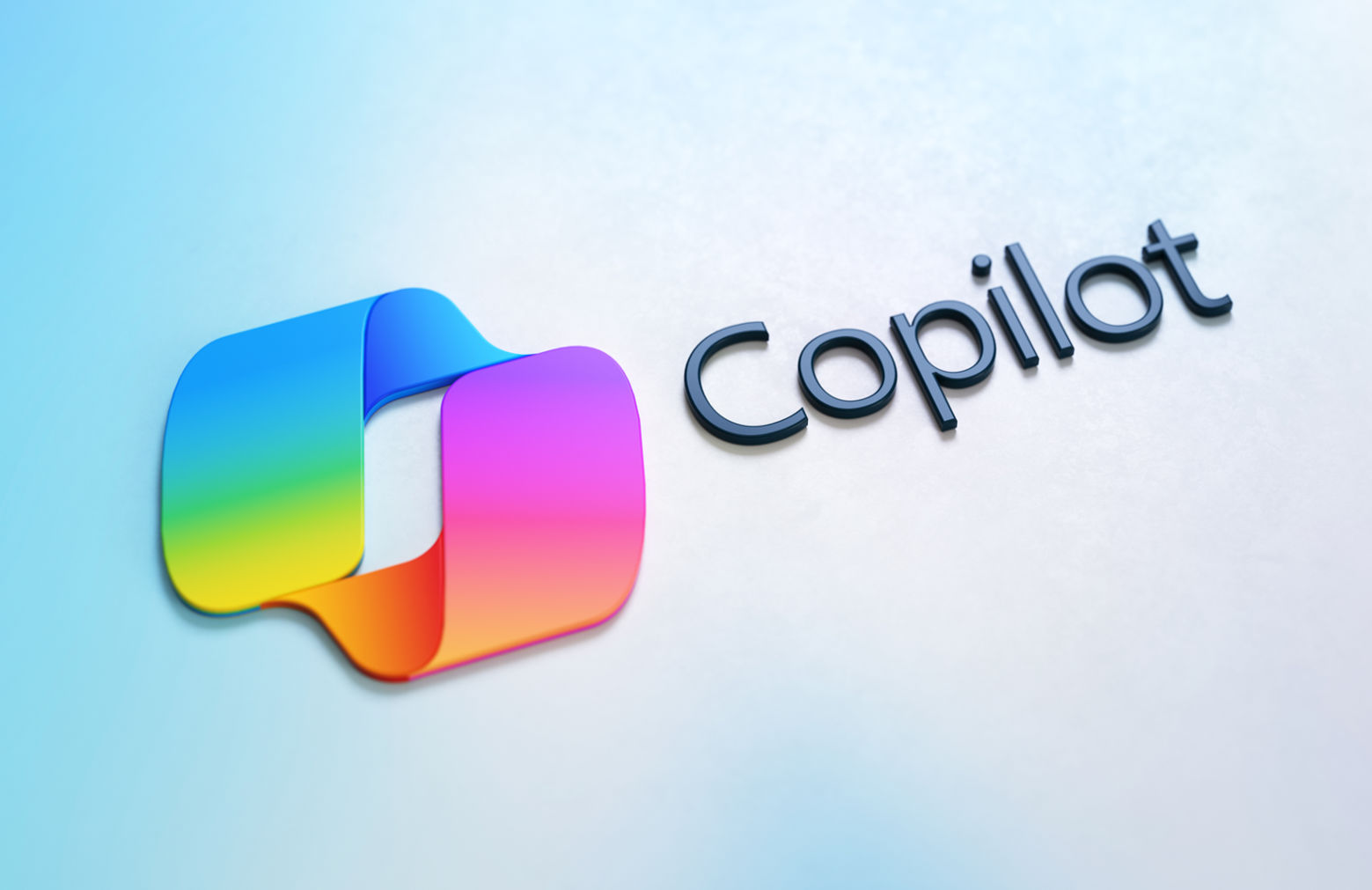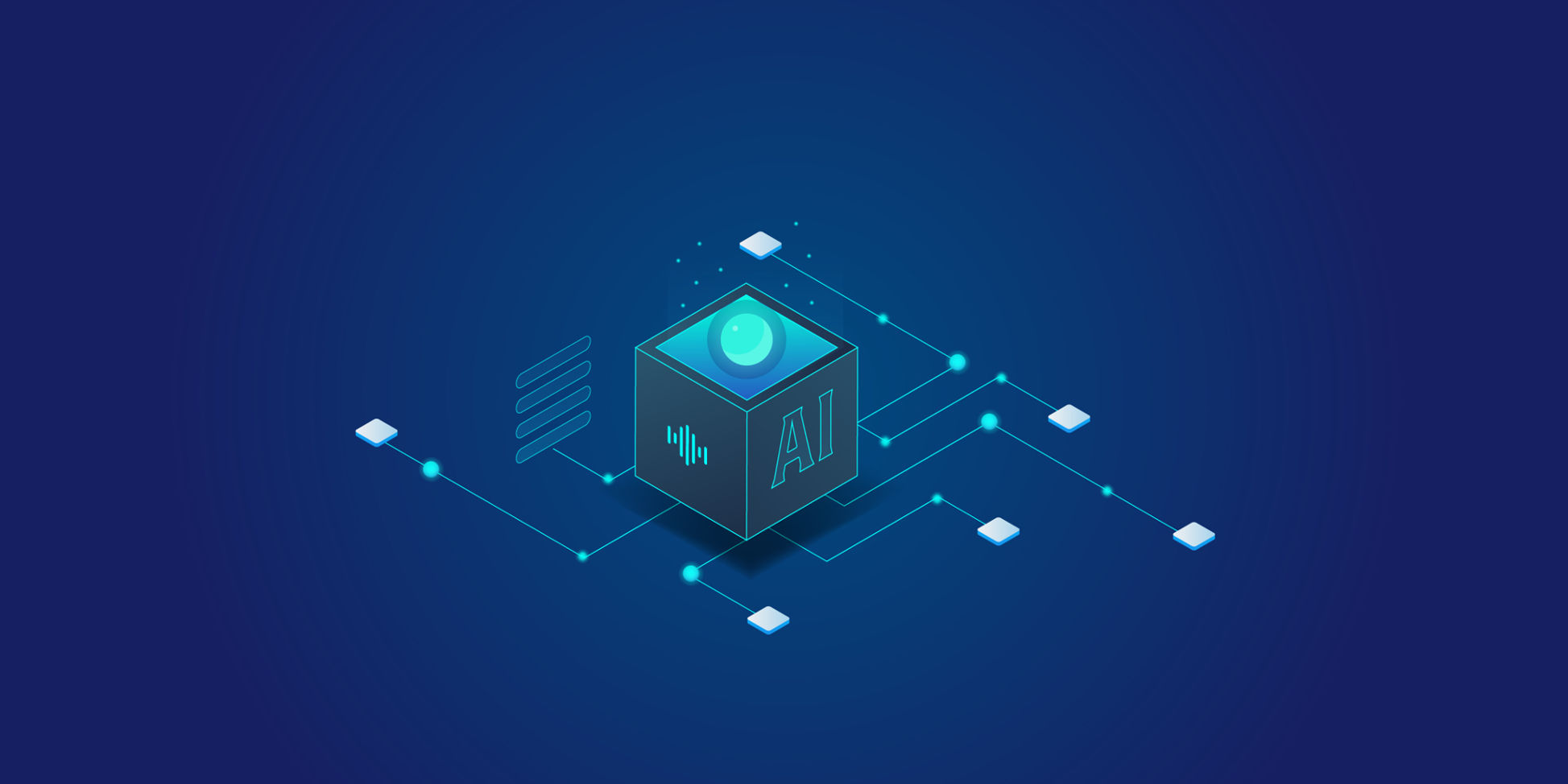In this practice series, New Era Technology’s Vinu Sharma, Practice Director for Cloud and DevOps, and Ashish Gupta, Modern Workplace Practice Director, talk about the exploration of harnessing artificial intelligence in the Power Platform with a focus on Microsoft 365 Copilot technology.
Introduction to Microsoft Copilot:
To harness the benefits of Copilot for your organization, it’s crucial to understand the fundamental concept of artificial intelligence (AI). AI is about making computer systems intelligent by utilizing vast amounts of data. Organizations, including yours, have substantial data, measured in terabytes and petabytes, which serves as the foundation for gaining insights into business processes. The key is using this data to make machines intelligent, enabling them to provide accurate predictions and informed decisions.
In essence, Copilot leverages the principles of AI to enhance productivity and innovation within your organization by tapping into the wealth of data available.
High-Level Understanding: Machine Learning and Deep Learning:
There are two core branches of artificial intelligence: machine learning and deep learning.
Machine learning involves algorithms that enable machines to learn from data and provide accurate predictions.
Deep learning, a subset of AI, utilizes artificial neural networks with multiple layers, making it especially effective in analyzing images, sound, and music. Copilot is generated based on the integration of these core AI branches. Additionally, generative AI, a top branch, focuses on content generation, such as images and music, using deep learning techniques. GPT (Generative Pre-trained Transformers) models, like those in Copilot, play a key role in this process.
The transformative impact of AI models is evident across various industries, with applications in healthcare, including patient treatment plans, drug development, and precise medical imaging and diagnosis. Deep learning contributes significantly to these advancements.
Generative AI, employing deep learning and machine learning algorithms, revolutionizes content creation, including text, images, and music. It accelerates automation, streamlining processes that previously required extensive coding and skills. In marketing, AI proves invaluable, enabling teams to discern product needs, pricing strategies, and target demographics.
With generative AI, campaigns can be tailored based on geographical areas and industry trends. Chatbots and virtual assistants, now enhanced by generative AI like Copilot, offer more contextual and relevant results. This innovation facilitates product and service development aligned with market demands, leveraging natural language analysis for precise responses. Additionally, AI aids in fraud detection and enhances analysis and forecasting, presenting countless beneficial use cases for businesses.
Copilot Offerings:
Microsoft offers Copilot across various products and suites, including Microsoft 365 Copilot and Copilot in the Power Platform.
Dynamics 365 also features Copilot, with Dynamics 365 Customer Insight benefiting marketing efforts through enhanced customer insights.
Developers can leverage Copilot for their needs. New Era Technology plans to launch additional Copilot webinars across various topics as part of the same series.
Copilot Architecture:
Microsoft 365 Copilot interacts with various components, including Large Language Models (LLM), Microsoft Graph (comprising data like emails, chat messages, and documents), and familiar daily apps such as Word, Excel, PowerPoint, Teams, Loop, and Whiteboard. The Large Language Model (LLM) is an AI algorithm that interfaces with pre-trained AI models like GPT, comprehending and generating responses in natural language. Copilot, when queried, sends requests to LLM and Microsoft Graph for contextual and relevant responses, ensuring data security and confidentiality. The search process involves communication with the Microsoft Graph, and Copilot’s semantic index, utilizing vectors, enhances the relevance of results by grouping similar objects. This improves the overall experience with Microsoft Graph, even amid vast amounts of organizational data.
Microsoft Copilot provides relevant results through a multi-step process. When a user fires a query in the Copilot within the Microsoft 365 app, Copilot engages with the Microsoft Graph to access content such as emails, documents, and chats across various locations. Optionally, it can also communicate with the web through Bing services, with user controls for privacy.
The process involves graph grounding, where Copilot accesses the graph to fetch relevant data. The received natural language prompt and data are then sent to the Large Language Model (LLM), which consists of pre-trained AI models analyzing the information and generating a contextual summary. This summary is sent back to Copilot, which further interacts with the graph and Microsoft Purview to apply permissions and security measures.
Copilot ensures that the responses are permission and security trimmed, meaning the information provided aligns with the user’s entitlements, preventing unauthorized access to confidential data. This mechanism ensures a secure and relevant experience for the user.
Licensing and Prerequisites:
Microsoft Copilot is available with Microsoft 365 E3, E5, A3, or A5 licenses, and you should already have these licenses in place. Prerequisites for using Copilot include having Microsoft 365 apps deployed in your enterprise, OneDrive set up, and tools like Microsoft Teams, Outlook, Loop, and Whiteboard configured. Ensure that network settings allow Copilot to communicate with relevant URLs and Websockets.
There is no free trial license currently offered, and the pricing is $30 per user per month in addition to your existing Microsoft 365 licenses. Notably, the previous minimum requirement of 300 seats for adoption has been removed by Microsoft.
How Copilot Works in Microsoft Power Platform:
Microsoft Power Platform consists of various tools and technologies, including Power BI for business analytics, Power Apps for application and forms development, Power Automate for business process automation, Power Pages for creating external websites, and Power Virtual Agents for building intelligent chatbots. These tools allow you to work with data from various sources, such as SharePoint, Dataverse, SAP, ERP systems, SQL databases, and more. Power Platform enables you to create reports, develop applications and forms, automate business processes, build external websites with authentication features, and design intelligent chatbots. The platform integrates with Microsoft Dataverse, offering database-like functionalities with tables, functions, and stored procedures, along with support for various connectors.
Overview of Microsoft Power Platform tools: Power BI, Power Apps, Power Automate, Power Pages, and Power Virtual Agents
Your data, regardless of its location, can be accessed and utilized across various tools within the Power Platform using data connectors. The inclusion of the AI builder enhances the capabilities of intelligent flows, virtual agents, Power Apps, and more, making it a comprehensive set of tools for automating business processes within the Power Platform.
The key advantage of Copilot in the Power Platform is the acceleration of application development. By utilizing Copilot, you can significantly reduce the need for extensive coding. Instead, you can express your requirements in natural language, and Copilot generates a substantial portion of the application or workflow for you. This time-saving feature allows you to focus more on business innovation and value proposition, enhancing overall development efficiency.
Leveraging Copilot in the Power Platform facilitates rapid innovation in business processes, especially with large datasets from various sources such as SQL databases, Excel files, or legacy access databases. Integration with Power Platform tools enables quick development of web pages, virtual agents, and AI-enhanced chats. The AI builder functionality in Power Automate flows streamlines the extraction of metadata and relevant information from documents like images or PDFs, contributing to efficient development and increased business value.
Demo: Live demonstration showcasing Copilot’s capabilities within Microsoft Power Platform. (See video for the LIVE demo 27:31)
Best Practices for Power Platform Adoption:
For the adoption and implementation of the Power Platform, key considerations include leveraging Microsoft’s Power Platform Center of Excellence as a starting point for governance and training material. Establishing a Center of Excellence (CoE) is crucial in defining the business value and understanding how the Power Platform can enhance and accelerate business processes. Additionally, identifying performance-related metrics is essential for successful implementation. New Era specializes in Power Platform rollout, adoption, and governance setup to maximize efficiency and user understanding.
New Era for Power Platform >
Using Copilot in Power Platform offers immediate value by enabling rapid development, streamlining deployment scenarios through DevOps pipelines, ensuring clarity of decision-making roles, and identifying risks early in the development process.
With Copilot, it becomes easy to access data, create tables, and generate queries using natural language within Power Apps. End users can leverage Copilot’s extensive capabilities in querying data and performing various functions within Power Apps. Additionally, Copilot supports features like compose, controls, theming system, and ALM (Application Lifecycle Management).
Data Privacy, Security, and Compliance
Microsoft Copilot for Microsoft 365 is compliant with existing security and compliant commitments along with General Data Protection Regulation (GDPR) and European Union (EU) Data Boundary. For EU customers, the Copilot queries are processed within EU Data Boundary service and for outside EU customers, the queries may be procesed in the US, EU, or other regions.
Prompts, responses, and data accessed through Microsoft Graph aren’t used to train foundation LLMs, including those used by Microsoft Copilot. The information contained within your prompts and the data in the generated response remain in Microsoft 365 service boundary. Microsoft Copilot uses Azure OpenAI services for processing, not OpenAI’s publicly available services.
In case you are wondering if your organization’s data can leave the Microsoft 365 service boundary, yes, it might through web grounding and plugins, however, you can completely control it.
Microsoft stores the Copilot interaction data within the Microsoft 365 service boundary to show the chat history to the users, however, users can delete it and admins can apply retention policies to it.
Next Steps with Copilot:
As organizations embark on their journey with Microsoft Copilot, understanding its capabilities, architecture, and integration within the Power Platform becomes crucial. The Master Copilot Series aims to empower enterprises to leverage AI for increased productivity and innovation while maintaining robust security and compliance measures.
Leverage Microsoft’s tools effectively to enhance productivity and facilitate enterprise innovation. Talk to an expert today.
How Microsoft Copilot Transforms Upskilling >>

Ashish Gupta
Modern Workplace Practice Director at New Era Technology
Ashish Gupta has over 20 years of experience in design, development and maintenance of N-Tier applications in Microsoft Technologies. He is a Microsoft Certified Solutions Architect in Azure, Microsoft 365 and SharePoint. He started his career as a VB/ASP programmer. He has vast experience in digital transformation and architecting enterprise scale applications for variety of enterprise clients.
Ashish has been with New Era Technology for over 11 years, empowering organizations moving to the cloud. Ashish has worked with many customers at New Era to implement their Enterprise level cloud migrations.

Vinu Sharma
Practice Director for Cloud and DevOps at New Era Technology
Vinu Sharma is based in the Houston metro area, specializing in delivering and integrating large scale and complex cloud and infrastructure solutions in the Microsoft technology space.
Vinu has 20+ years of global experience, working in companies large and small. His experience and strengths are in leading the design, architecture and delivery of Microsoft technology infrastructures helping client thru the transformation and deployment journey.

 Canada
Canada Australia
Australia New Zealand
New Zealand UAE
UAE United Kingdom
United Kingdom





